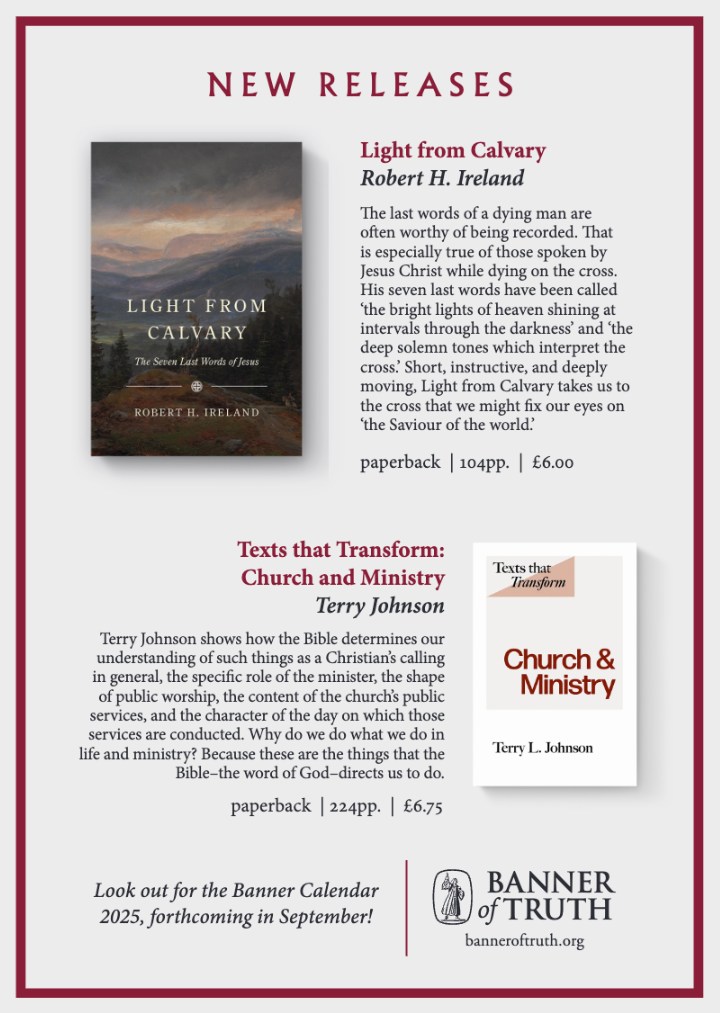Paul Gerhardt: preacher and hymn-writer
Derek J. Lewis
The year 2007 marked the 400th anniversary of Paul Gerhardt’s birth, on 12 March 1607, when a series of events celebrating this illustrious pastor and hymn-writer took place in Germany. A commemorative CD of recitations and singing of his hymns was also released.
Most English language hymnbooks include translations of Gerhardt’s hymns, for example, ‘Commit thou all thy griefs’, ‘All my heart this night rejoices’, ‘O sacred head sore wounded’ and ‘Jesus, thy boundless love to me’. John Wesley translated several of these, while many more were translated by Catherine Winkworth (1827-1878) and others during the nineteenth century.
Winkworth had met Christian Karl Josias Bunsen, a German diplomat working in London in 1853, who had published Gesang und gebetbuch, a compilation of hymns in 1833. This contained over one hundred of Paul Gerhardt’s 132 hymns, over half of which are to be found in Winkworth’s mainly biographical work entitled Christian singers of Germany (1869).
Hope
Winkworth rated Gerhardt’s hymns highly, claiming him to be to Germany what George Herbert had been to England. The content of his hymns is probably the most solid and balanced of those written in Germany at the time.
From his infancy, Gerhardt had been subject to the terrors of the Thirty Years War (1618-1648), which brought great destruction to Germany, perhaps unparalleled until the Great War of 1914-1918.
The impact of this is reflected by some of his hymns, which express a sense of despair and deep sadness but also contain hope of the new world to come through Christ.
The Roman Catholic, Reformed and Lutheran churches were engaged in doctrinal conflict and spiritual sterility prevailed. The Protestant churches had lost the vibrancy and reality of the Reformation era’s biblical Christianity, a period too when Luther first introduced congregational hymn-singing.
Against this background of declension, the seeds of pietism began to surface in the early seventeenth century as a spiritual ‘mood’ rather than a formal movement. It became the latter in 1674, two years prior to Gerhardt’s death. Pietism marked a move from outward confessional Christianity to concentration on pious living, rooted in a deep devotional life.
Paul Gerhardt was born in Grafenhainichen, a village situated between Wittenberg and Leipzig, where his father was mayor. He attended Wittenberg University from 1628, where a teacher who greatly influenced him, Paul Roeber, was a hymn-writer. Apparently Roeber often preached from hymns rather than biblical texts.
Preaching
From 1642 Gerhardt worked for eight years as a house teacher in Berlin, during which time he began to write poetry and hymns. After an unusually long time in that post, and at 48 years old, he took his first pastoral charge in Mittenwalde near Berlin in 1651. It was then that he began to publish his hymns, and in 1655 married Anna Maria Berthold, by whom he had five children.
In summer 1657 the family left Mittenwalde for Berlin, where he served in an essentially pastoral role at St Nicholas’ Church. The parishioners flocked to hear him preach and were richly blessed through preaching that was said to have been ‘very earnest, persuasive and full of Christian love’.
The Berlin to which Paul Gerhardt returned was very different from what he had known previously. The Elector, Frederick William I, belonged to the Reformed Church and most of his subjects were staunchly Lutheran.
In 1664 the Elector issued an edict forbidding clergy from attacking each other’s doctrines. Out of conscience for freedom of speech, Gerhardt was unable to comply. He resigned in 1666, but continued ministering to parishioners in their homes.
In comparison to most other hymn-writers of his day Paul Gerhardt wrote a mere 132 hymns! Johann Cruger, Cantor at St Nicholas’ Church, included eighteen of Gerhardt’s hymns in his collection Praxis pietatus melica. Cruger wrote 71 sacred chorales, but his real passion was congregational hymn-singing. Today we sing a few of Gerhardt’s hymns to tunes composed by Cruger.
Hymns
When Cruger died in 1662, Johann Georg Ebeling took up the mantle of composing music for Gerhardt’s hymns, publishing them in books of twelve.
Most of Gerhardt’s hymns are about the Christian’s walk and communion with the crucified and risen Christ, who overcame evil for the redeemed.
In suffering be Thy love my peace;
In weakness be Thy love my power;
And when the storms of life shall cease,
Jesus, in that tremendous hour,
In death, as life, be Thou my guide,
And save me, Who for me has died.
Whatever life’s experience, ‘Thou art my anchor, when by woe my bark is driven to and fro on trouble’s surging billows’.
In 1668 Gerhardt was called to be archdeacon at Lubben, the church there having been impressed by a sermon he preached on Ephesians 5:19. Anna-Maria died in that year, delaying the move for nearly a year. He was left with their only surviving child, Paul Friedrich.
Paul Gerhardt continued to write hymns and the Lord blessed his ministry in Lubben. On his death in 1676, he was buried in a crypt under the altar of the now named Paul Gerhardt Church.
We can give thanks to God for the memory of this faithful servant of Jesus Christ, in his preaching, pastoral and hymn-writing ministry.






